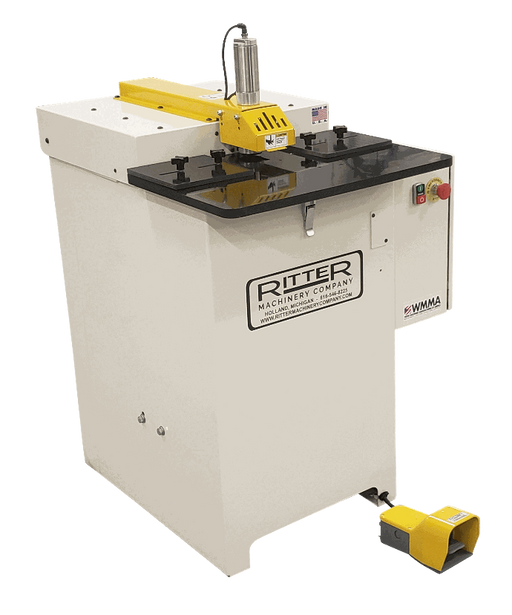A pocket cutter machine is a woodworking tool used to create pocket holes for joinery purposes. Its primary function is to drill angled holes, typically at 15 or 30 degrees, into the edges or surfaces of wood components. These pocket holes allow screws to be inserted at an angle, securely joining two or more pieces of wood together.
Key Features of a Pocket Cutter Machine
Adjustable Drilling Angle: Pocket cutter machines feature adjustable drilling angles to accommodate different joint configurations and wood thicknesses.
Multiple Spindle Configuration: Many machines offer multiple spindle configurations, allowing for simultaneous drilling of multiple pocket holes to improve efficiency.
Automatic Clamping: Some machines come with automatic clamping systems to hold the workpiece securely in place during drilling, ensuring accurate and consistent hole placement.
Depth Adjustment: Pocket cutter machines typically offer depth adjustment settings to control the depth of the pocket hole, ensuring proper screw engagement and joint strength.
Dust Collection System: Certain models feature built-in dust collection systems or ports to capture drilling debris and maintain a clean working environment.
Applications of Pocket Cutter Machines
Cabinetmaking: Pocket cutter machines are commonly used in cabinetmaking for constructing cabinet boxes, face frames, and drawer assemblies with hidden or concealed joinery.
Furniture Assembly: Woodworkers utilize pocket cutter machines to create strong and durable joints for assembling furniture frames, table aprons, and chair components.
Trim and Molding Installation: Pocket holes are used to join trim pieces, moldings, and casings to walls, ceilings, and floors, providing a secure and inconspicuous fastening method.
DIY Woodworking Projects: Hobbyists and DIY enthusiasts use pocket cutter machines for various woodworking projects, such as building shelves, workbenches, and storage units with quick and easy joinery.
Choosing the Right Pocket Cutter Machine
Drilling Angle Options: Consider the available drilling angle options and spindle configurations to match the joint requirements and woodworking techniques used in your projects.
Clamping Mechanism: Look for a machine with a reliable and efficient clamping mechanism to securely hold the workpiece in place during drilling, ensuring accurate and repeatable hole placement.
Depth Adjustment Precision: Evaluate the depth adjustment mechanism for its precision and ease of use, allowing for consistent and uniform pocket hole depths across multiple workpieces.
Space and Portability: Consider the size and portability of the pocket cutter machine to ensure it fits within your workshop space and can be easily transported or stored as needed.


